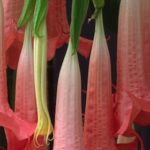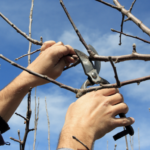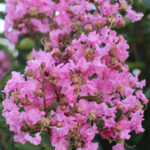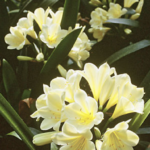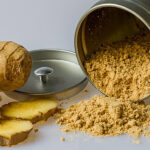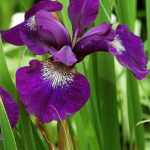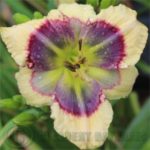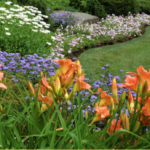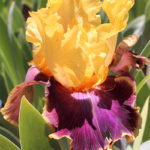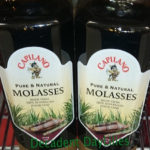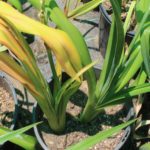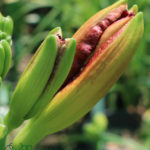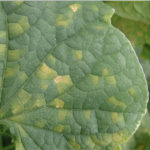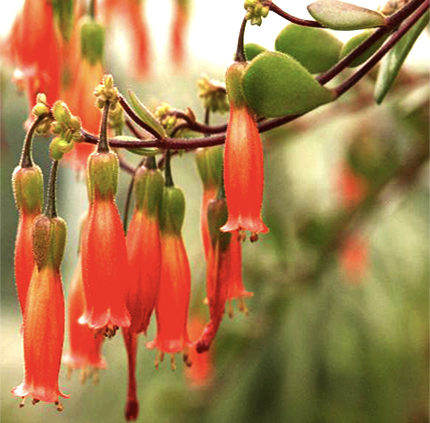
Kalanchoe Manginii Plant Care
How to Grow Kalanchoe Manginii – Chandelier Plant Care
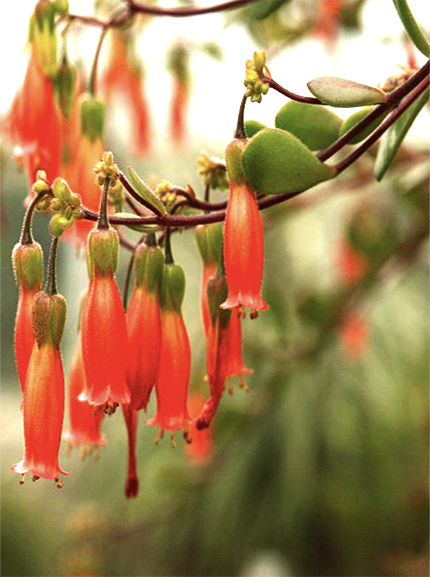 Kalanchoe Manginii is a succulent perennial belonging to the family Crassulaceae. This plant is native to Madagascar and has trailing or arching stems, spoon shaped leaves and bell shaped brilliantly red orange coloured flowers. The plant grows to a height of 12 inches and the flowers are about 1.2 inches long. The flowers are long lasting and a good addition to home gardens especially when grown in hanging baskets. Kalanchoe Manginii is a very popular plant in Australia as well as a rarer variety Kalanchoe Uniflora coral bells if you can find it.
Kalanchoe Manginii is a succulent perennial belonging to the family Crassulaceae. This plant is native to Madagascar and has trailing or arching stems, spoon shaped leaves and bell shaped brilliantly red orange coloured flowers. The plant grows to a height of 12 inches and the flowers are about 1.2 inches long. The flowers are long lasting and a good addition to home gardens especially when grown in hanging baskets. Kalanchoe Manginii is a very popular plant in Australia as well as a rarer variety Kalanchoe Uniflora coral bells if you can find it.
Kalanchoe Manginii Care
It is not very hard to grow and care for Kalanchoes. The plant requires bright and sunny locations during their growing period. Moderate watering is required during summer and requires less watering in winter. It is difficult for the plant to withstand temperatures lower than 550 F. The plant prefers well drained sandy soil with neutral pH. You can also use an ordinary potting mix to grow the plant if need be. In summer, the plant needs to be fed with liquid fertiliser bi-weekly. You can also use slow releasing fertiliser pellets to provide the nourishment that the plant needs. Though many gardeners discard the plant after blooming, it is not a necessary thing to do. You can just cut off the flower heads and allow the plant to rest with reduced watering. In the spring, the plant will naturally start flowering all over again. The plant requires little or no pruning. If needed, the pruning can be done just after flowering. They are normally resistant to insects and diseases. However, over watering can cause powdery mildew on plants.
Kalanchoe Pinnata Medicinal Uses
Kalanchoe Pinnata or Bryophillum Pinnatum has many medicinal uses. Many clinical conditions can be treated using this plant. The plant extract has analgesic, antibacterial, antirheumatic, diuretic, anti-inflammatory and anti-allergic properties.
- Kidney stones and gall bladder stones- Eating 2-3 leaves of the plant or taking the extract from leaves twice daily can cure gall bladder and kidney stones.
- Jaundice and liver problems – The fresh juice of the leaves is powerful in reducing jaundice and other liver related conditions.
- Urinary problems- Problems like dysuria or scanty urine can be corrected by chewing 2-3 leaves of this plant twice daily.
- High blood pressure- Chewing 2-3 Kalanchoe Pinnata leaves twice a day is effective in controlling blood pressure.
- Arthritis- Warm the leaves of this plant and apply some sesame oil on the leaf and place these leaves on the arthritis affected areas.
- Piles- Mix ½ teaspoon Kalanchoe Pinnata leaves juice with ½ teaspoon black pepper powder and consume daily.
- Wounds- Boil the leaves of this plant in water for 10 minutes and use this water to wash the wounds to heal faster.
- Earache and ear discharge- You need to extract the juice of yellow leaves of the plant and warm it. Use this warm juice as ear drops to cure painful ear.
- Diarrhea- Mix ½ teaspoon of Kalanchoe Pinnata juice and mix it with ½ teaspoon cumin powder and 1 teaspoon of clarified butter. Consume this daily once a day to get relief from diarrhea.
- Leucorrhoea- Grind and squeeze the juice of Kalanchoe Pinnata leaves and consume 1 tablespoon of the juice two times daily.


